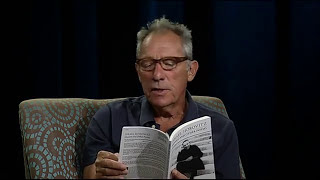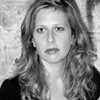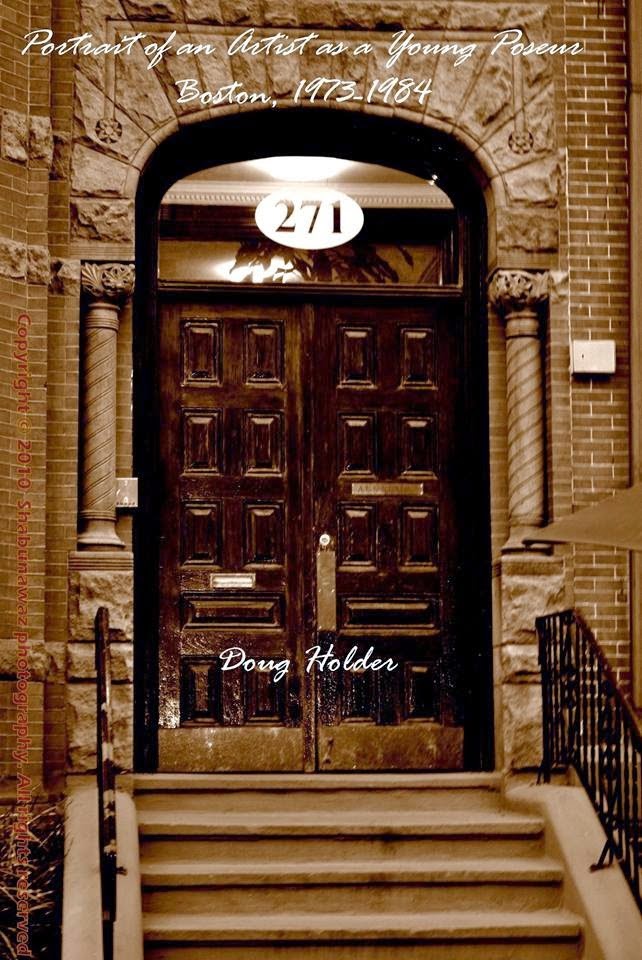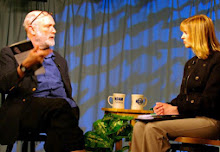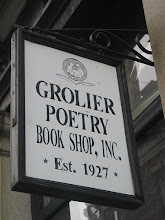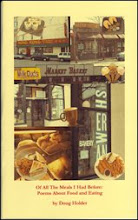
The Boston Review Comes to Somerville.
By Doug Holder
Last summer a well-regarded bimonthly magazine of literature and ideas moved to 35 Medford St. in Somerville, Mass. Somerville has been a home to many small magazines and presses and the “Boston Review” is a welcomed addition.
I remember working at the said magazine at its Boston venue quite a few years ago. I worked as an editorial assistant in a cramped warren of offices; across the hall from a tailor shop. In a dark room I pored over a slush pile of manuscripts, both poetry and fiction, from all over the country. I used to write capsule reviews of the submission so the editors could decide what to read and what not to read. Although the environs were less than luxurious, I learned a great deal about what goes into producing a bimonthly magazine of the arts and ideas.
The “Boston Review” according to its mission statement is a “non-partisan bimonthly magazine of ideas with a distinctive reputation for bringing together academics, civic leaders, policymakers, activists and other public intellectuals in service of a more vibrant civil society, and a stronger democracy." The magazine also views the “… arts as an essential part of the enterprise. Putting politics and poetry on the same page…”
The “Boston Review” was founded in 1975, and it emerged in the 80’s as a respected regional literary magazine that had occasional political articles. In 1991 Joshua Cohen, then a professor at MIT, became the editor and increased the national readership. He developed the “Boston Review’ into an influential magazine of ideas.
In 2002, the former editorial director of the Beacon Press in Boston, Deborah Chasman, joined the magazine as a co-editor. Chasman “professionalized’ the journal, and launched a books series with the MIT Press. Cohen, who is now a professor at Stanford University in California, still edits the magazine with Chasman. The poetry section is edited by Timothy Donnelly and Benjamin Paloff, and recently such local poets as Peter Richard’s and Tanya Larkin’s work has appeared in the Review. I asked Chasman a few questions about Somerville’s new magazine-in-residence:
First off- You guys were located at MIT, and before that Boston. Why the move to Somerville? Is Somerville a good fit?
Yes, we love our new offices. We moved off the MIT campus last summer, after Josh Cohen took a position at Stanford University. Although Josh remains co-editor, we decided not to relocate the magazine to the west coast (it is, after all, the *Boston* Review). In Somerville, we found a large, convenient, beautiful and affordable space where we can focus on our work. For the same price we could have had a place downtown, half the size and with a marble foyer. We choose the renovated horse stable in Somerville over the marble-foyered high-rise. It's a fit better with our mission.
You wrote that you put politics and poetry on the "same page." Are you afraid that Poetry and Polemic are like oil and water--they don't mix?
Boston Review is unique in our strong commitment to both politics and poetry--and we believe they mix very well on our pages. We don't see our political writing as polemic. In fact, we're don't publish articles that are simply ideological. They must be rooted in solid evidence and argument. This requires discipline and honest exploration of the world much in the way that creative writing does.
In the Boston Review’s mission statement it reads that the powers-that-be on the magazine see the arts as an essential part of the human enterprise. How so? Is it as essential as medicine, science, finance, politics or philosophy, for instance?
It is. Arts have always been one of the best ways of expressing our common humanity. What could be more important than that?
DoubleTake magazine moved to Somerville (Davis Square) for a short while and then folded. Is this a bad omen? You have been around since 1975, what do you attribute your staying power to?
We run on a shoestring budget focused on the essentials and it's proportional to the revenue we make from advertising and subscriptions. We do still need help from individual donors and foundations, but we pull a good part of our own weight, and we are always trying to develop new ways to increase the revenue we earn. For example, last fall we launched a book series with MIT Press, with content based on magazine articles. We do the editorial and design work; they produce and market the books and we share the revenue. Of course, we could always use more money.
How can a student-age Somerville resident become an intern? What would they learn?
We generally take college-age students for internships. Because we are a small operation, our interns get an introduction to the whole magazine publishing process--from screening submissions, to editing and fact-checking, and doing art research for our print issue. They are also involved in the marketing/business side--from fielding subscriber questions to helping with our direct mail--and helping maintain and update our website.
* for more info: http://www.bostonreview.net
Doug Holder/ Ibbetson Update
Doug Holder/ Ibbetson Update



